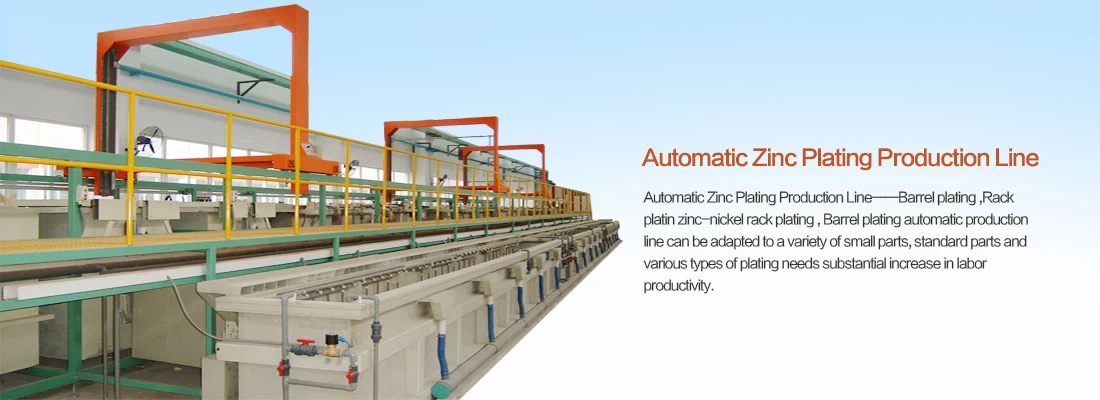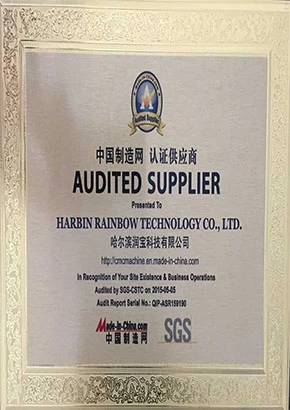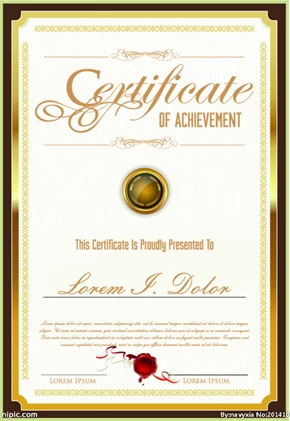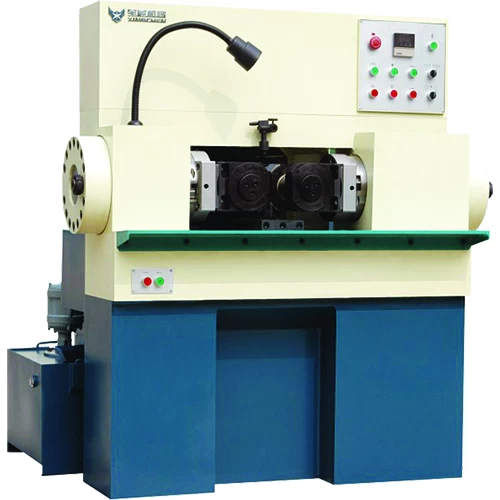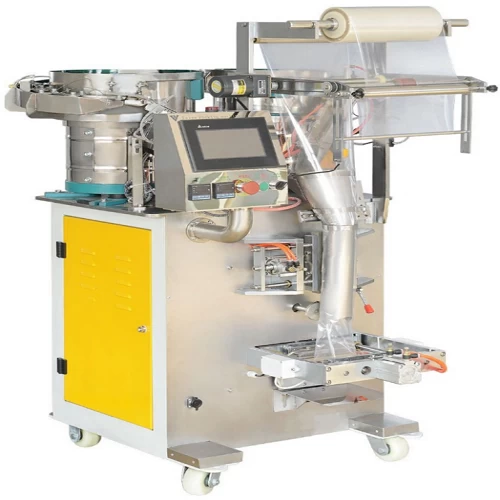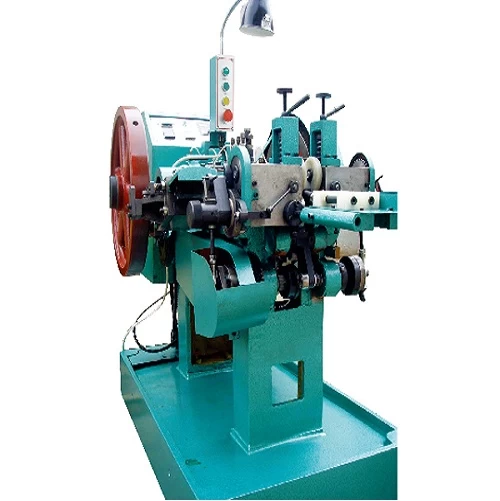COLD HEADING

Cold heading, or cold forming, is an industrial process that serves as the primary method for manufacturing metal threaded fittings and fasteners. The process involves high speed forging where feedstock (coiled wire) at room temperature is precisely sheared to length then moved through progressive tool and die cavities to displace and shape the working metal into the desired component. The process can be used to increase or decrease feedstock length and diameters as well as remove small amounts of material by trimming or piercing. All operations are performed in a continuous process.
Some of the key benefits from filtering the smoke and mist generated by cold heading machines include:
- Protecting worker health
- Reduced exhaust air make-up requirements up to 80% through recirculated conditioned air
- Extended machine life
- Reduced operational costs through reclamation of lubricants
- Improved part / product quality
- Reduced housekeeping costs
- Compliance with even the strictest federal, state and local environmental standards
OVERVIEW
-
Contaminant Characteristics
To prevent die wear and distortion, oil is typically used as a lubricant to dissipate the heat being generated. The process heat vaporizes these lubricants resulting in oil smoke or mist. The generated smoke particulate ranges from 0.1 – 1.0 µm in size and can feel “sticky” depending on the type of lubricant being applied to the process.
The amount of coolant smoke and mist generated by cold heading machines depends on the size of the stock (diameter), type of operations performed (amount of material removed), the speed of the machine operation, and the type of metal being used. Typically, cold heading machines operate faster and remove more metal when larger stock is being processed. This results in heavier smoke and coolant mist emissions.
Recommended Approaches for Cold Heading Machine Mist & Smoke Control
Source Capture
Whenever possible, capturing the oil smoke and mist at the source is the recommended approach for controlling cold heading machining emissions. Source capture requires addressing the three smoke producing areas of this type of machinery: the die area, the parts chart and the parts basket or bin.
The die area is where the part is actually formed and where the oil smoke is generated. Most cold heading machines will have the die area completely enclosed, and ducting can be directly attached into the enclosure to ventilate the die area. On older cold heading machines, the die area can be open and the only practical approach to collect the smoke is with an overhead canopy hood with curtains.
As the finished parts are discharged from the die area, they travel down a conveyor or chute. These parts are extremely hot and they emit oil smoke. In most cases, this chute can be completely encased with a sheet metal enclosure and a ventilation duct attached to the casing. On some cold heading machines, this chute is enclosed so well that the ventilation from the die area is enough air to keep the part chute under a negative pressure.
When the finished parts have traveled down the chute, they typically drop into a parts bin or basket. The parts are still hot enough to produce smoke as the bin fills. A canopy hood with curtains dropped around the bin should address this last mist and smoke source.
Proper smoke and mist control at these three smoke generating sources will protect workers and prevent the smoke from migrating elsewhere in the facility.
Source capture of the cold heading smoke can also be accomplished utilizing either machine-mounted mist collectors or by ducting to ceiling-mounted or central mist collection systems. Source capture is the most effective means of capture and requires the least amount of energy and initial investment to accomplish.
Ambient Air Collection
For situations where source capture is not practical, filtering ambient air can be utilized to control the smoke concentrations within the facility to a more acceptable level. Ambient systems will help remove the ambient haze caused by the airborne pollutants but these systems typically will not directly protect the worker’s breathing zone.



